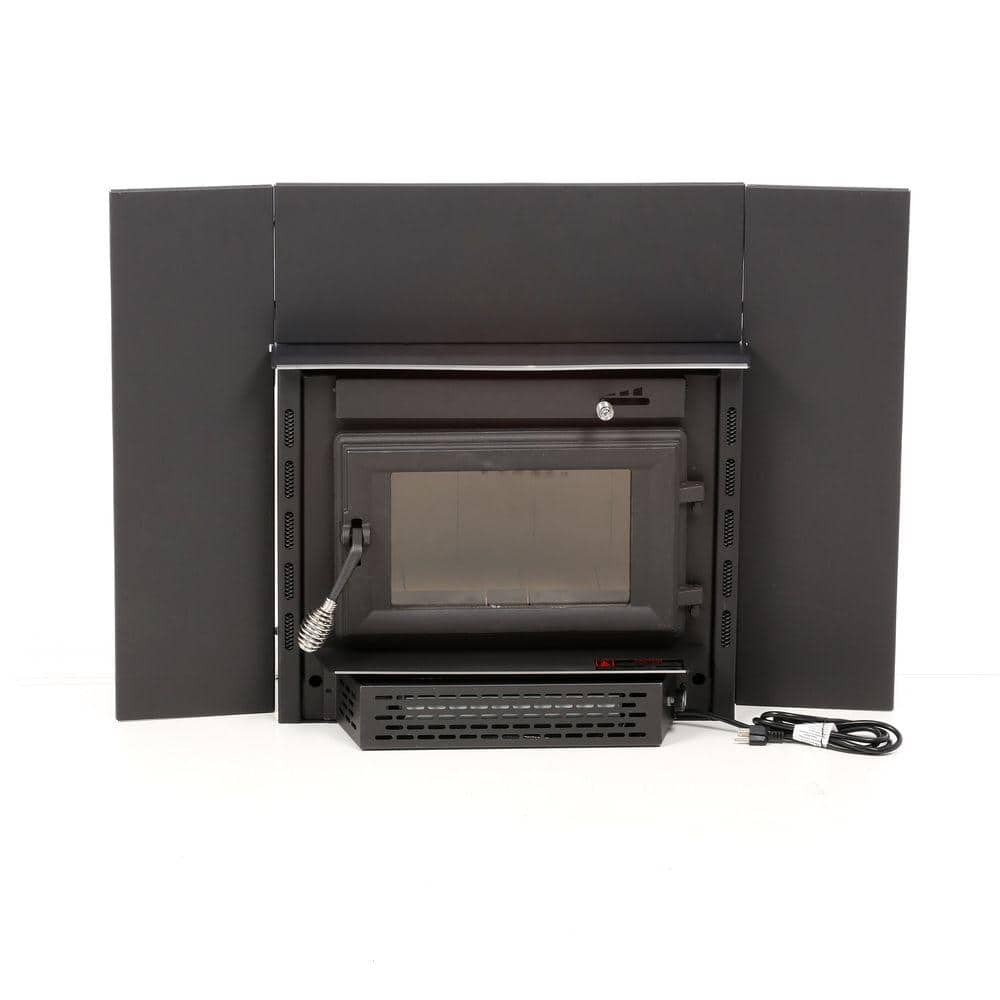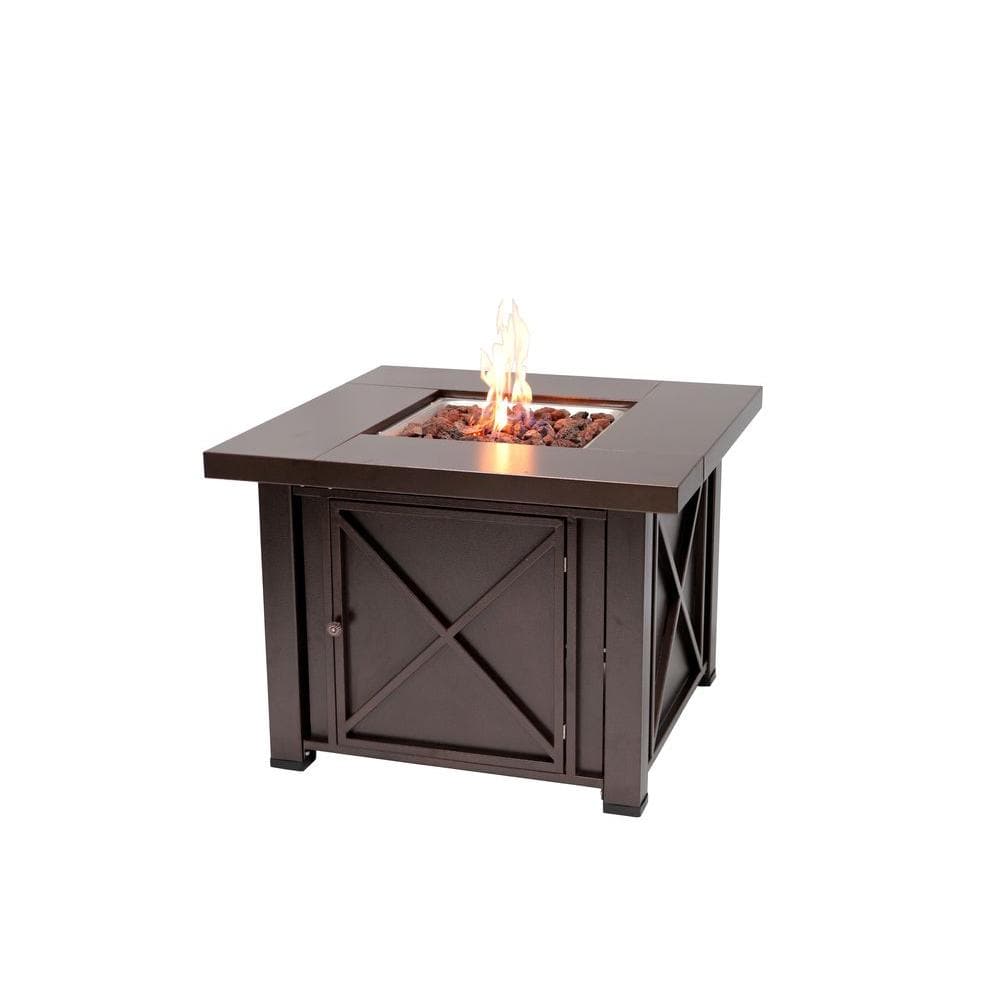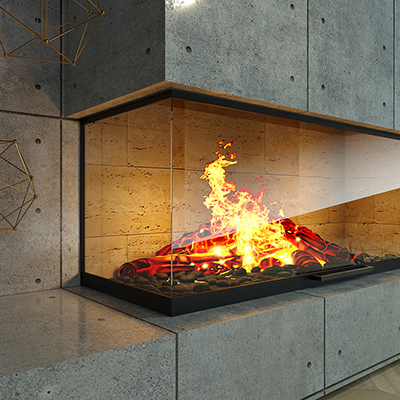How to Choose an Outdoor Fireplace
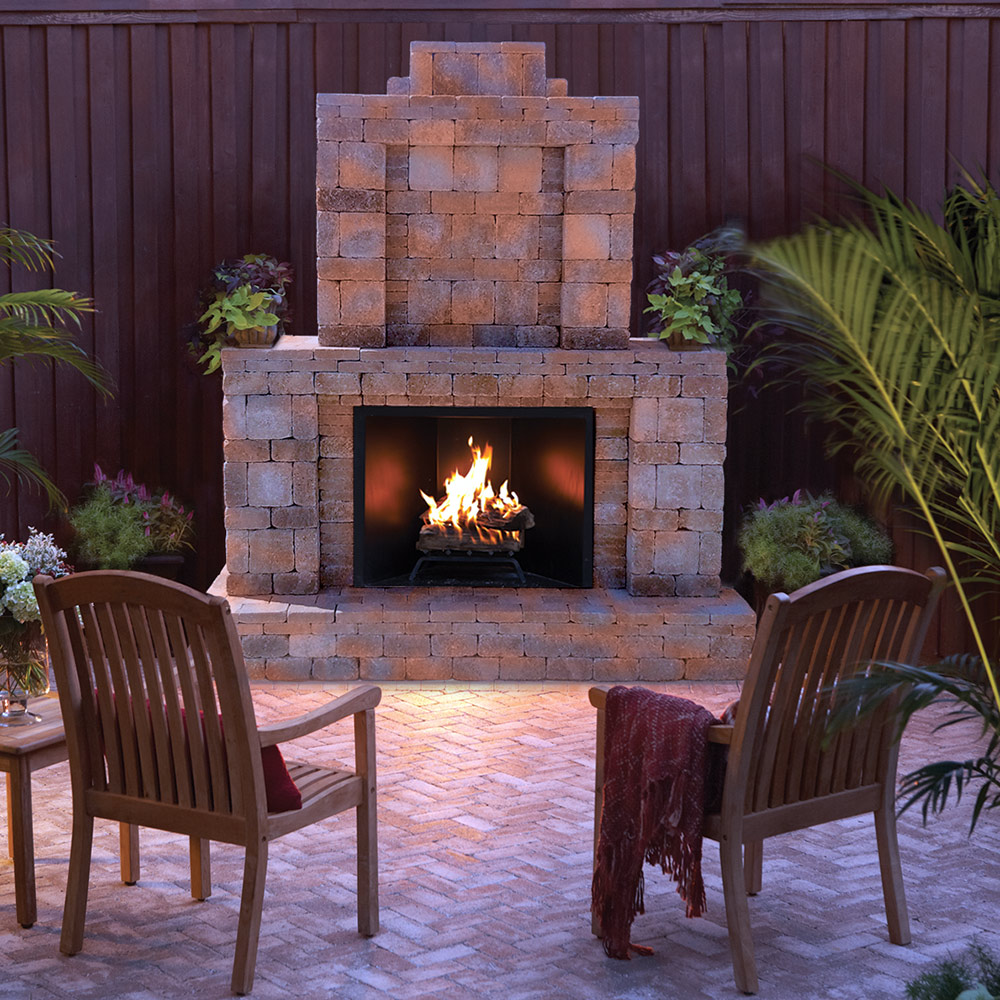
Last updated September 7, 2023
A fireplace makes a cozy addition to your outdoor living space. The fireplace creates a focal point for any social occasion, especially in cool weather. It can extend your outdoor grilling season well into fall by keeping your guests warm and can itself be part of the entertainment for your next patio gathering.
This guide explains how to choose an outdoor fireplace, design options and fuel types to consider.
Table of Contents
Outdoor Fireplace Designs
Chimeneas
Fire Pits
Chimneys and Venting
Outdoor Fireplace Fuel Types
Safety Considerations
Outdoor Fireplace Designs
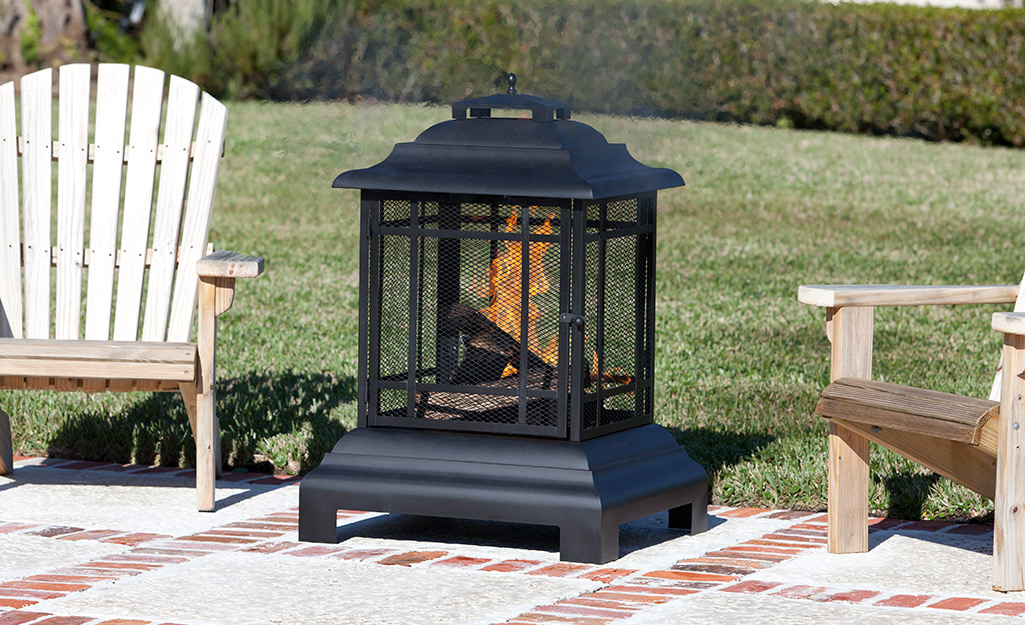
When choosing a design for your outdoor fireplace, think about the overall scale of your yard and home. A huge outdoor fireplace might be too imposing for a small yard and interfere with your ability to make use of your outdoor living space. Similarly, a small chimenea might get overwhelmed in a large yard, making what could have been a focal point into a background player.
Be sure to choose an outdoor fireplace that is weather resistant and can stand up to temperature extremes. Look for features that make maintenance of the fireplace simple as well. The easier it is to keep the fireplace clean and serviced, the better it will operate over the long term.
There are several styles of outdoor fireplaces to select from so you can easily find the ideal setup for your outdoor living area.
- Built-in outdoor fireplaces are meant to remain in one spot permanently. A great deal of planning goes into building the fireplace before the first brick gets laid. A permanent outdoor fireplace is a project for a very experienced DIYer, but at minimum a professional consultation will result in a safer and sturdier installation.
- Outdoor fireplace kits are a good DIY option. These kits contain everything you need to build the project: hearth, fireplace body, chimney, firebox, pre-cut blocks and a gas log. Assembly can take about four or five hours, but the result is an elegant landscape feature for a fraction of the cost of full professional installation.
- Portable outdoor fireplaces are very DIY-friendly. Since they are enclosed, the fire is more easily controlled than in a fire pit. They are ready to use out of the box, though you should decide on a location and ensure that the placement is level and free of hazards before you light it up.
- A fireplace insert is a great alternative to a standard fireplace or even a fireplace kit. Inserts incur lower costs and gas-fueled models don’t need to be vented, so they can be installed into almost any outdoor structure with the proper safety precautions. They function very efficiently and burn fuel more conservatively than their full fireplace counterparts.
Chimeneas
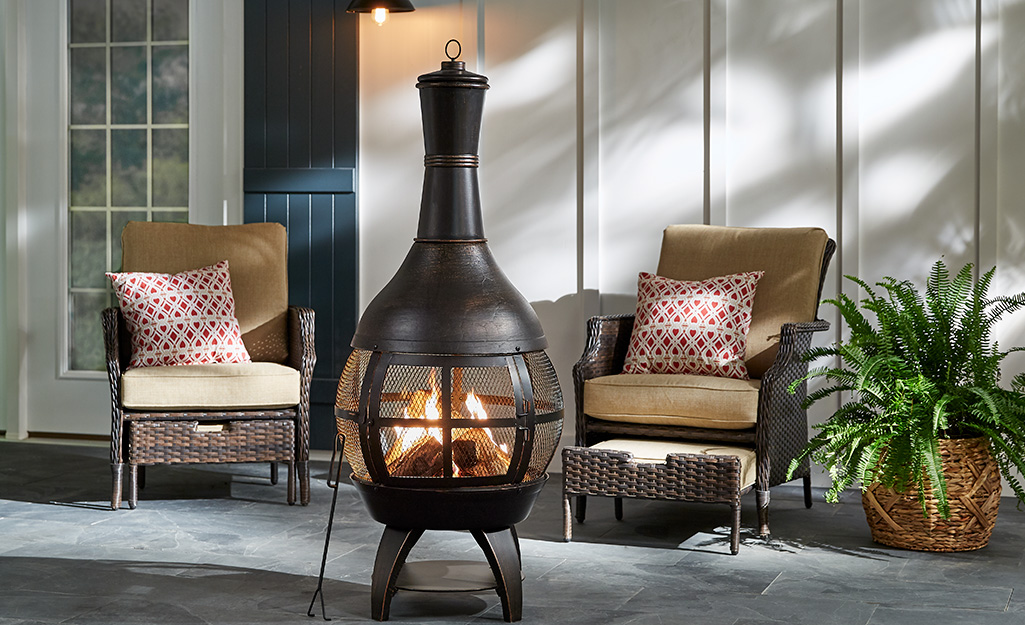
Chimeneas are a stylish alternative to brick and stone outdoor fireplaces. These terra cotta fireplaces are popular for their rustic charm and functionality in limited patio space. The chimenea’s design – a wide, rounded base with a large mouth on one side topped by a narrow vertical chimney – helps it to heat up quickly.
The fire in a chimenea is contained and the chimney directs smoke up and out. They can be used in the rain without losing the flame and some sizes can accommodate cooking pans and roasting implements with ease.
Traditional chimeneas are wood-burning outdoor fireplaces. There are gas and propane chimenea models so you can still have the traditional look even if your municipality bans outdoor fires.
Fire Pits
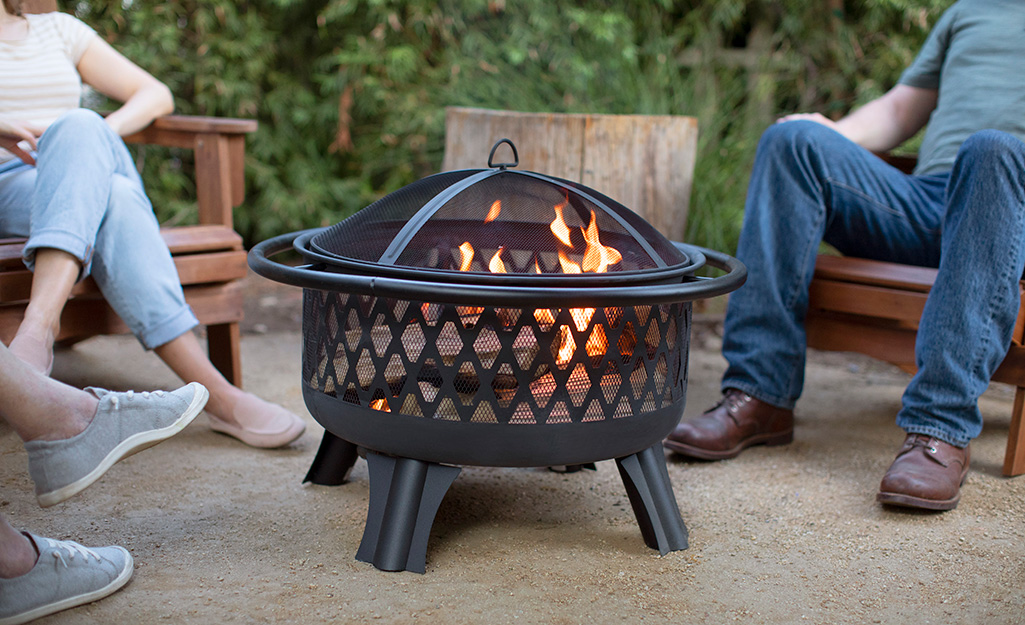
Another option to a brick and stone outdoor fireplace is a fire pit. They are popular with homeowners that want to create a warm and cozy atmosphere that doesn’t take up a lot of patio space. Fire pits come in a range of styles, materials, shapes and designs. There are large portable models and others built of stone and concrete that can be permanently installed.
Consider the following when choosing a fire pit as you would in how to choose an outdoor fireplace:
- Check with your local code enforcement agency and HOA for restrictions on fire pits. Your local codes may dictate their placement location.
- Consider materials for your fire pit that can withstand the elements and repeated usage for a long time. Cast aluminum is less likely to rust while heavy cast iron is a solid choice.
- Keep in mind when choosing a fire pit how much space to set aside for seating and heat circulation. A fire pit that measures 18 to 20 inches from the ground radiates a lot of heat. Set aside 5 to 7 feet around the edges of the fire pit for chairs and movement around the area for a comfortably warm space.
Chimneys and Venting

Outdoor fireplaces are subject to many more variables than indoor fireplaces, which makes it all the more important to properly vent an outdoor fireplace to avoid smoke hazards.
Wood-burning outdoor fireplaces produce a lot of smoke and most of these fireplaces incorporate a smoke shelf into their design to offset this. Local building codes require the chimney’s height to be tall enough to encourage proper draw. In most cases the height of the chimney must be 24 inches taller than any surrounding structure, such as a patio cover.
Outdoor gas fireplaces have two venting design options, direct vent or vent-free. Direct vent systems draw in air to facilitate combustion and release the harmful byproducts to the outside air. Vent-free systems rely on a technology that is similar to a catalytic converter to clean the hot air as it is expelled from the combustion chamber. Because any harmful gases have been removed, no venting is required for safe operation.
Outdoor Fireplace Fuel Types
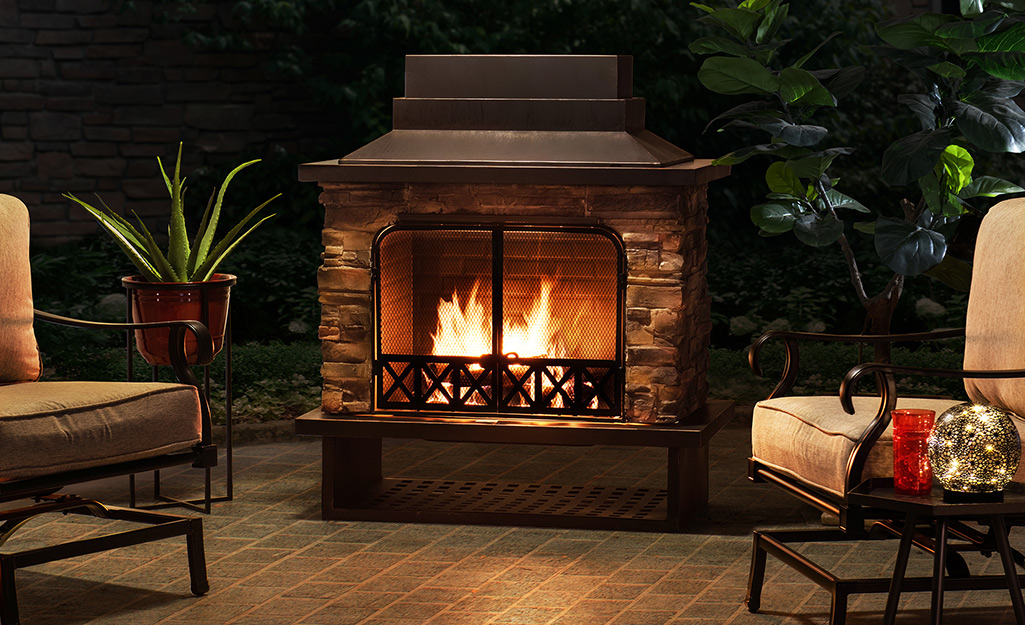
The most common fuel used in outdoor fireplaces is wood. Many fireplaces are designed to use propane, gel fuel and natural gas for heating.
Wood creates an appealing atmosphere of warmth. Wood-burning outdoor fireplaces require more maintenance and cleaning because of the ashes and debris wood leaves behind after burning.
Propane burns hotter and cleaner than wood.
Natural gas also burns cleanly. The outdoor fireplace may cost you more to install if a gas line is required.
Gel fuel is safe for indoor and outdoor fireplaces. It burns only a few hours and produces less warmth than other fuel sources. Fuel cans must be carefully inspected before lighting to avoid fire hazard.
Safety Considerations
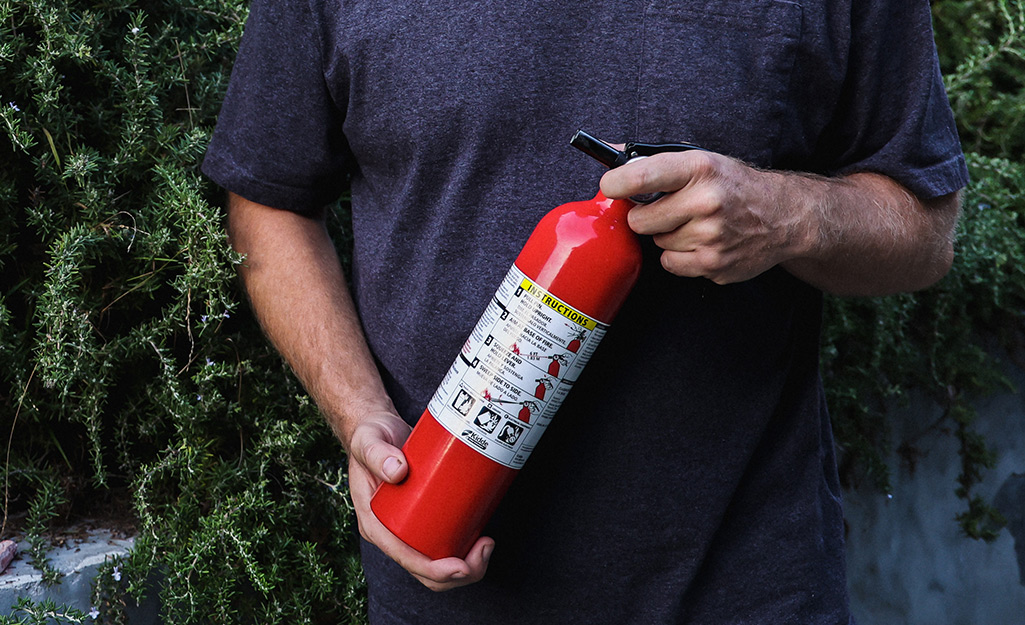
- Check local zoning codes and any HOA regulations that may apply before buying an outdoor fireplace to be sure it complies with their guidelines.
- Obtain any necessary construction permits before installation.
- Warranties vary among brands, so do your research before you buy.
- Do not operate a portable fireplace on or near a wooden deck or any grassy areas.
- Do not move the fireplace once it has been lit.
- Keep a fire extinguisher near your fireplace and be sure that it is fully charged.
An outdoor fireplace does more than generate warmth on cool nights. It creates a comfortable and well-lit outdoor spot for you and others around it. Knowing how to choose an outdoor fireplace is essential, since it would be a permanent fixture in your yard. Consider local codes and HOA covenants when making your choice and options such as whether the fireplace burns wood or propane.
When you are ready to begin your outdoor fireplace project, download The Home Depot Mobile App and check out the supplies to buy and have delivered. We’ll deliver online orders when and where you need them.

